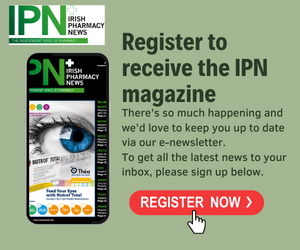As a Dietitian in clinical practice, the area of iron supplementation feels like a giant gaping hole in nutritional knowledge. Iron deficiency anaemia (IDA) is common and a major cause of morbidity worldwide. A recent large survey suggested that 42% of Irish women could be at risk of iron deficiency! Yet, few people know how to take their iron supplement properly. Previous work with world class Olympic and Paralympic athletes really hit home the need to get this part of nutritional management right, whether altitude training or not. Iron deficiency anaemia makes a person feel poxy, and performance in all areas of life dip, whether a world class athlete or not. Symptoms include tiredness, lack of energy, shortness of breath, heart palpitations and pale skin. Less common symptoms include headaches, tinnitus, taste changes, feeling itchy, a sore tongue, hair loss, pica, dysphagis, spoon shaped nails and restless legs syndrome.
Simple questions can encourage a person to better understand their own blood results. Do they know what their haemoglobin (Hb) concentration was? Serum ferritin is incredibly useful but other blood tests like transferrin saturation back up this result. A false-normal ferritin is possible.











